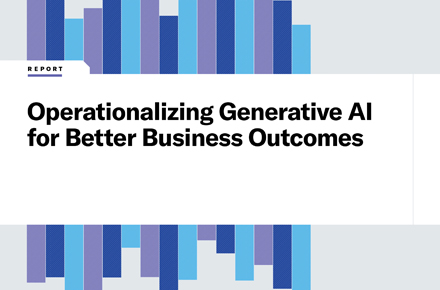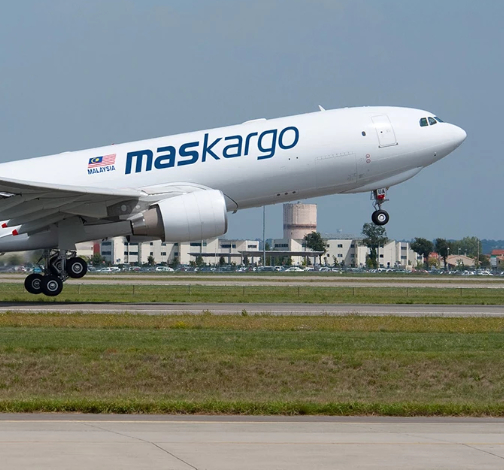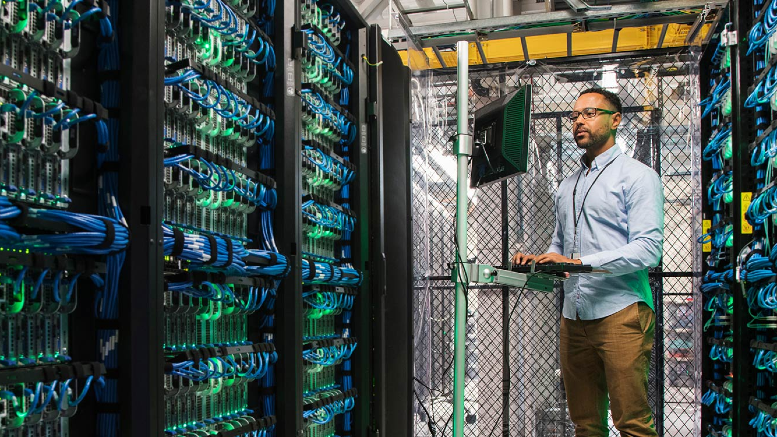Infrastructure Spotlight: Accelerating Service Delivery in Crowded Urban Spaces
fevereiro 23, 2021 / Leon Sayers
More than 15 billion packages are delivered worldwide every year, per Statista. The cost of delivering these units is the single greatest expense borne by retailers and manufacturers, but shipping is a primary selling point for consumers. In fact, 80% of shoppers say that a positive shipping experience will motivate them to return for future purchases, according to Kearney. Are you able to deliver on expectations, or is your logistics organisation scrambling to hit key benchmarks?
Are You Prepared for the Growth of Urban Congestion in the Years Ahead?
According to the 2019 Australian Infrastructure Audit, crowded urban spaces are struggling with freight task loads. Around 80-90% of freight transported in the country is carried by road. Attempts to shift burden to rail have failed, and congestion around container ports in Sydney and Melbourne suffer from increasing urban congestion, with the situation expected to worsen as freight tasks are expected to double in Australia over the next two decades.
Government Intervention Concentrates on Smart Cities
As per the Department of Infrastructure, Transport, Regional Development, and Communications, a National Freight and Supply Chain Strategy Plan is being created by the Australian Government to “increase the productivity and efficiency of Australia’s freight and supply chains” by informing “strategic planning, operational and investment decisions.”
The strategy calls for significant investment in physical and digital infrastructure in urban and regional areas. 75% of Australia’s road network consists of local roads, and a cohesive plan for supportive infrastructure and smart cities is critical to long-term success.
Urban freight transportation (UFT) management is crucial to reducing congestion and pollution in crowded urban centres. As of 2019, the Australian government also committed $50 million to the Smart Cities Plan, with much of the budget earmarked for data-rich projects including Internet of Things (IoT) initiatives to improve parking and analyse main street usage.
Consumers Demand Speedy Delivery and Convenient Options
While Statista reveals that Australian consumers are keen to use technologically advanced and convenient delivery options, pre-pandemic only 40% of retailers provided premium delivery options such as:
- Same-day delivery
- Click and collect
- Locker collection
- Timeslot specific
But COVID-19 forced businesses to change and adapt rapidly. To respond to the sudden increase in demand for faster, more flexible shipping options, retailers must adjust their supply chain to provide additional options for delivery.
The Sydney Morning Herald reports that the location of distribution centres is now critical to meet the goal of one-hour delivery for most addresses in the facility’s area. However, the reality is that shipping in under three days total is rare, due to Australia’s infrastructural and logistics challenges.
Even Amazon, which launched Prime in the U.S. in 2005, didn’t make their Prime free 2-day shipping services available in Australia until 2018, and even then with just a limited choice of items that qualified for speedy delivery. Same-day shipping is a promise Amazon seems unable to consistently keep in Australia at this time.
This leaves the door open for private transportation and logistics companies to provide accelerated delivery as a “last mile” option for retailers.
Managing Last Mile Costs with IoT and Smart City Infrastructure
Australian-based Haines Consulting Group noted in 2017 that the “last mile” can cost up to 28% of the total expense of delivery, making this the most important area to reduce costs for many retailers. As COVID-19 caused online retail shopping to spike, deliveries skyrocketed, increasing strain on an already fragile logistic infrastructure.
The Internet of Things (IoT) and smart city infrastructure may jointly hold the secret to reducing transportation costs, particular last mile expenses in crowded urban spaces. Smart city infrastructure is easier to implement during the design phase, but existing cities can benefit from plans that work around existing infrastructure to improve it for transportation and logistics.
Examples include:
- Using IoT sensors to help implement parking and traffic strategies to manage localised freight
- Consolidation schemes that track potential upcoming delivers in real time, allowing pickups and deliveries to be better coordinated during last mile planning
- Implementing off-hours delivery powered by electric autonomous vehicles to shift freight activity out of peak traffic while complying with noise control
- Land use planning changes that require loading docks and zones to be designed into new warehouse construction to reduce impact on local traffic
- Regulation and management of drone and autonomous delivery robots
As Australia’s smart cities proliferate and expand, logistics and transportation plans should match their commitment to IoT. Creating communities where freight task management is built-in, automated, and remotely administered can accelerate service delivery and reduce congestion.
The foundation of Unisys’ IoT capabilities lies with the company’s strong enterprise support services powered by its InteliServe™ platform, which uses cognitive AI to transform the way users interact with the service desk and helps users resolve workplace issues – from tech and HR to legal and finance.
Partnering with Unisys allows you to innovate and meet customer demands while maintaining the strength and security of your existing supply chain obligations. We can help facilitate implementation and use of IOT, to grow digital capabilities with a focus on endpoint security. It’s the ideal way to scale and expand into new revenue-rich opportunities.
Explore our logistics industry resources to learn more.




















